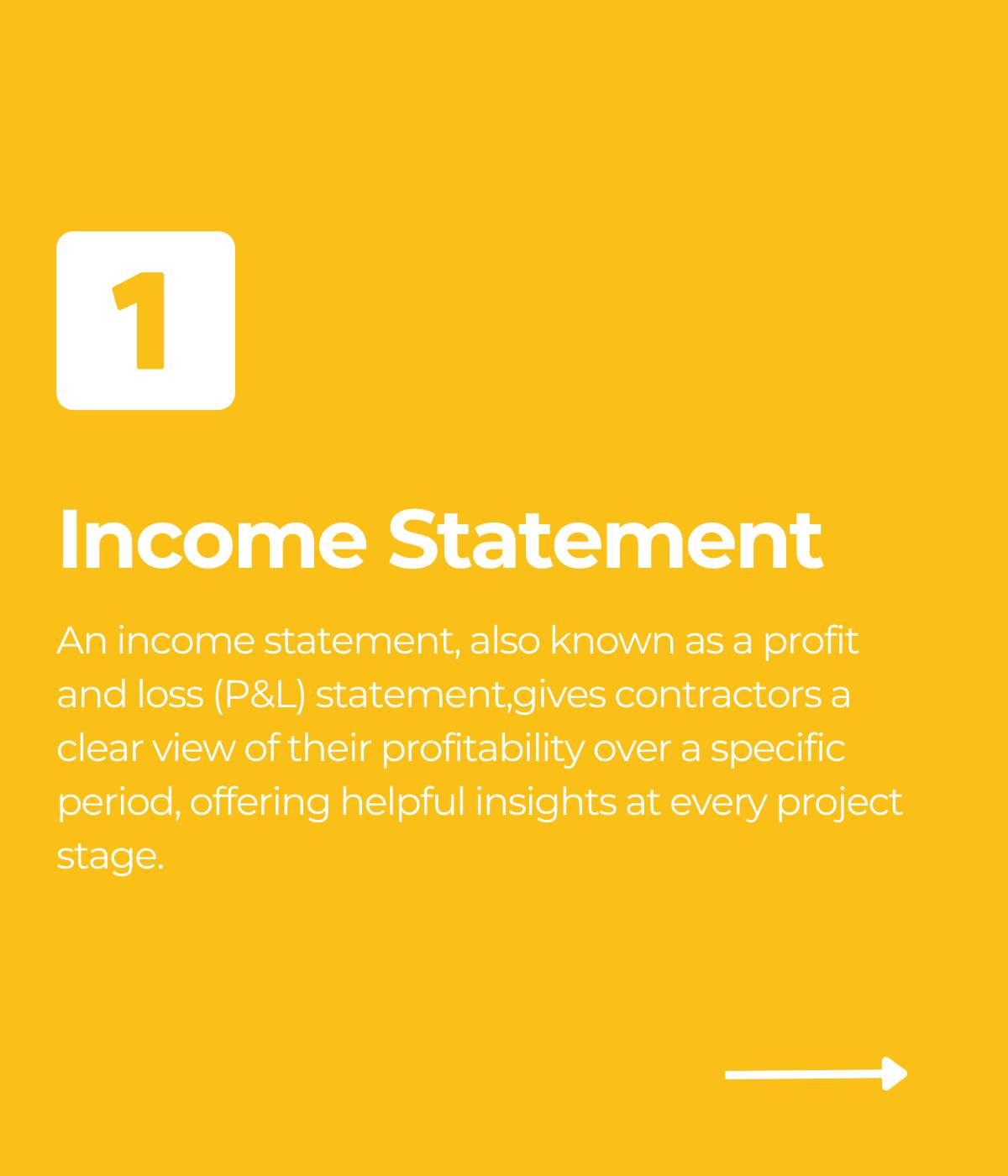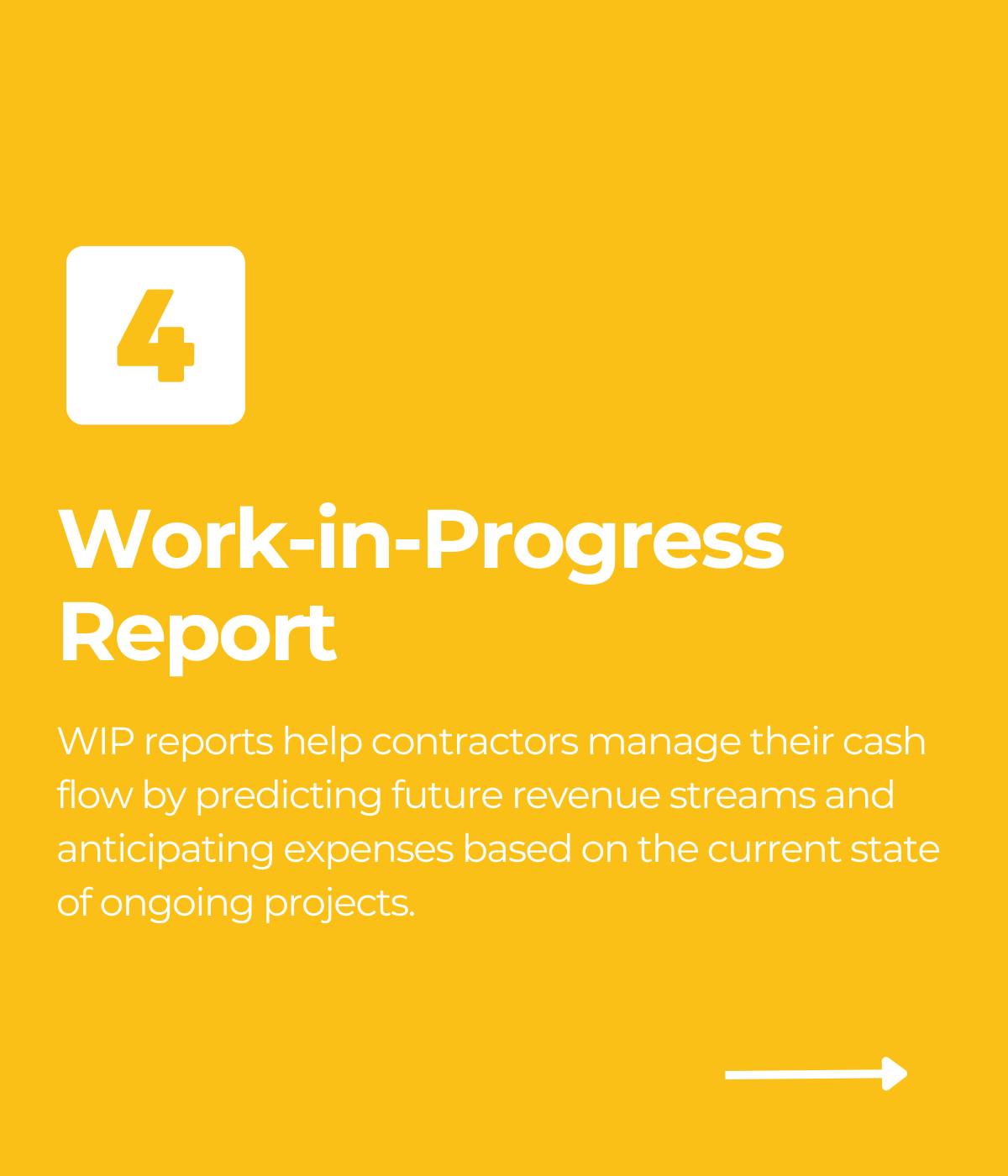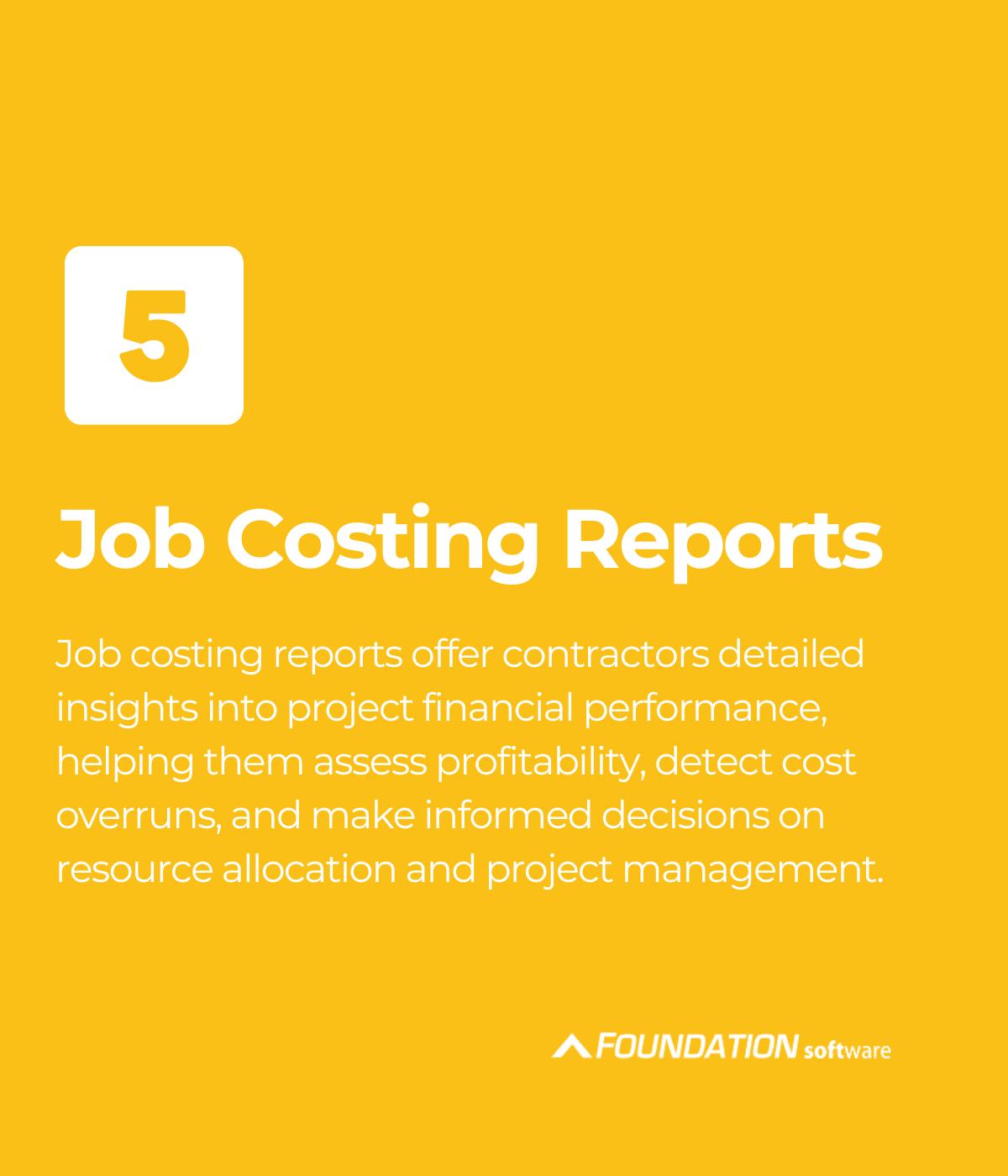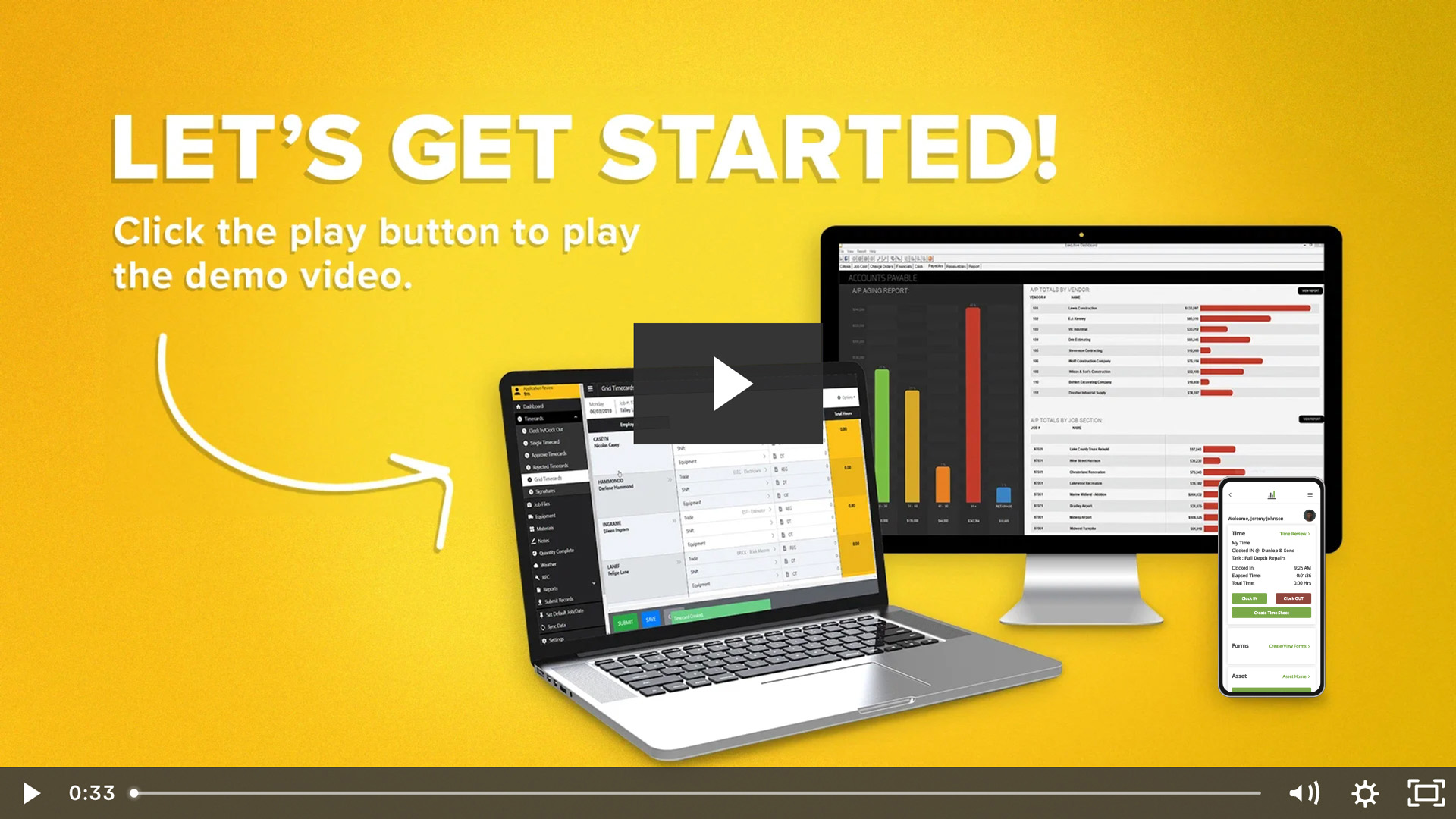
Guest Contributor: LaborChart
Your business has construction data, but are you using it? When properly stored and utilized, data can transform your business. It can help you achieve organizational goals and provide insights that previously seemed out of reach. For example, contractors leveraging data analytics solutions experience an average 18% reduction in project delays and a 23% improvement in budget adherence.
Today, your data might live inside a software your company built, a whiteboard that stays in one place or a spreadsheet that has multiple versions floating around. This approach might allow your business to get by, but are you truly succeeding? Your spreadsheet was updated at 8 a.m., sent out by 10 a.m. (if you’re lucky) and by 2 p.m., so much has happened in the field that your spreadsheet is no longer accurate and you have to do the entire thing over again tomorrow morning, knowing it barely sets your company up for success the next 24 hours — let alone for the next week or two. You and your team just spent the majority of the day working off of old data in a real-time environment.

When you take your construction data and utilize it across all of your systems, you can transform your business while also taking care of your people. You can save time, money and see a real return on investment for your business. How can you keep all of your information organized and at your fingertips?
Here are a few simple steps to make your construction data useful.
(1) Find A Cloud-Based WorkForce Management Platform
A digital platform brings your data to life and breaks it down in a way that gives you and your people the ability to have one source of truth. It empowers you to make decisions with real-life stats instead of what-ifs and maybes. Watch Liz Hartmann, Vice President of Field Operations at W. Bradley Electric (WBE) in Novato, California, and see how her business revamped its workforce management approach with a digital workforce management platform.
(2) Make Your Construction Data Visible and Identify Target Goals
Once you decide a digital solution is for you, the next step is getting the right members on your team access and establishing a project plan. This will help create specific benchmarks and steer your organization in the right direction to ensure you’re reaching your goals and utilizing data the right way.
(3) Analyze Your Data
Now that you’ve established how to use and measure your information that lives within your cloud-based workforce management platform, you can start to critically analyze your construction data to understand where you may be experiencing margin fade.
With data now at your fingertips, you can examine your company’s history of completed jobs, understand your workforce and plan for upcoming projects. By designing custom fields and drilling down into construction metrics that are relevant to your success, you will understand more about your labor pool and labor spend.
(4) Make Your Data Transparent
With your data now organized in a way that makes sense for your organization, you can start to figure out how transparent you want it to be. This is called controlled transparency. With an accurate history of all of your projects, people and more, you need to figure out who can access the data and what information you want to be visible. The key is finding the right mix of data you want to share with different groups that fit their particular roles and needs.
When data transparency in an organization increases, so does the effectiveness of communication and decision making. Knowing that your team, whether in the field or at the office, is working off the same information, is critical to ensure you are making progress together as one cohesive unit. By bridging the communication gap between field and office staff, your organization is more aligned, morale improves, communication skyrockets and accountability becomes part of your culture.
Take Advantage of Real-life Data
Every day you’re collecting data is a good day, but you need to put it to use. By following the steps outlined above, you can take advantage of a holistic view of your people and projects.
If you’re wanting to learn more, LaborChart provides a blueprint that helps analyze your data and puts it to work to help better your business today and into the future.
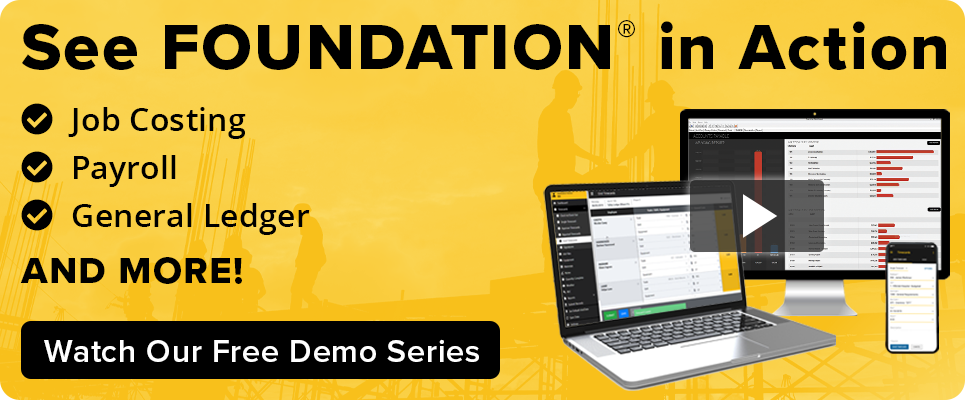
About LaborChart
LaborChart is a leading provider of workforce management software for the construction industry. The platform helps businesses manage employee scheduling, dispatching, forecasting and communication. Built from a unique blend of construction and software expertise, LaborChart helps contractors of all trades organize their largest and most valuable company asset–their workforce–into one secure and easy-to-manage platform. For more information, visit laborchart.com.
Share Article
Keep on current news in the construction industry. Subscribe to free eNews!
Our Top 3 YouTube Videos
Learn about our software more in depth with product overviews, demos, and much more!

Our ACA reporting & e-filing services include official 1094-C and 1095-C IRS reporting, optional e-filing (no applying for a TCC code required), mailing to your employees and experienced support to help you.

There are plenty of reasons to make FOUNDATION your choice for job cost accounting and construction management software — just ask our clients!

From job cost accounting software, to construction-specific payroll. Get an overview on your next all-in-one back-office solution.




